In the latest of our Lazarus Lines series, Cliff Thomas outlines plans to significantly expand this icon of narrow gauge history.
Today’s Lynton & Barnstaple Railway operates over a mile-long section of the original route from Woody Bay station to Killington Lane.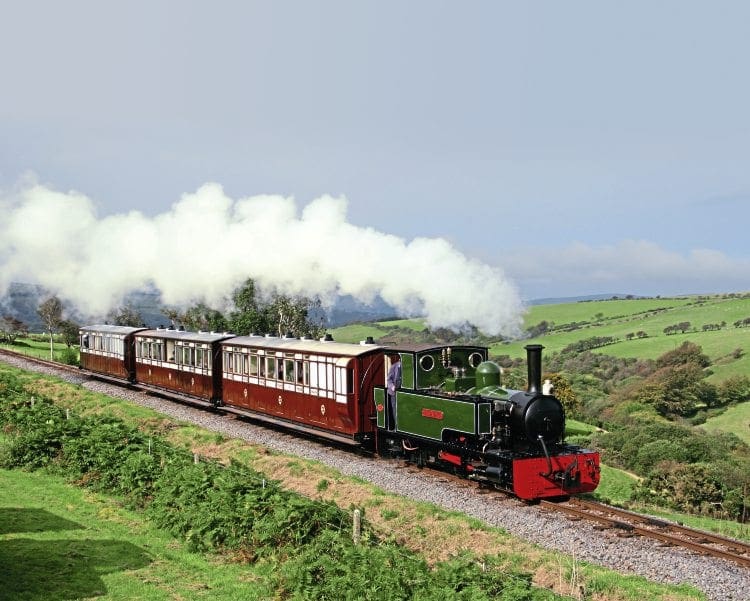
For trains to be running again over this iconic 2ft-gauge route is a significant achievement, but the job of resurrection is far from done.
Of the important historic narrow gauge lines, salvation of the Talyllyn Railway set the preservation movement rolling, closely followed by reopening and eventual return to its original length of the Ffestiniog, thanks to herculean efforts against the odds.
Monthly Subscription: Enjoy more Railway Magazine reading each month with free delivery to you door, and access to over 100 years in the archive, all for just £5.35 per month.
Click here to subscribe & save
The Vale of Rheidol never closed and the Welsh Highland, against most expectations, was revived.
Reinstatement of the Lynton & Barnstaple represents the last great piece of unfinished narrow gauge preservation business.
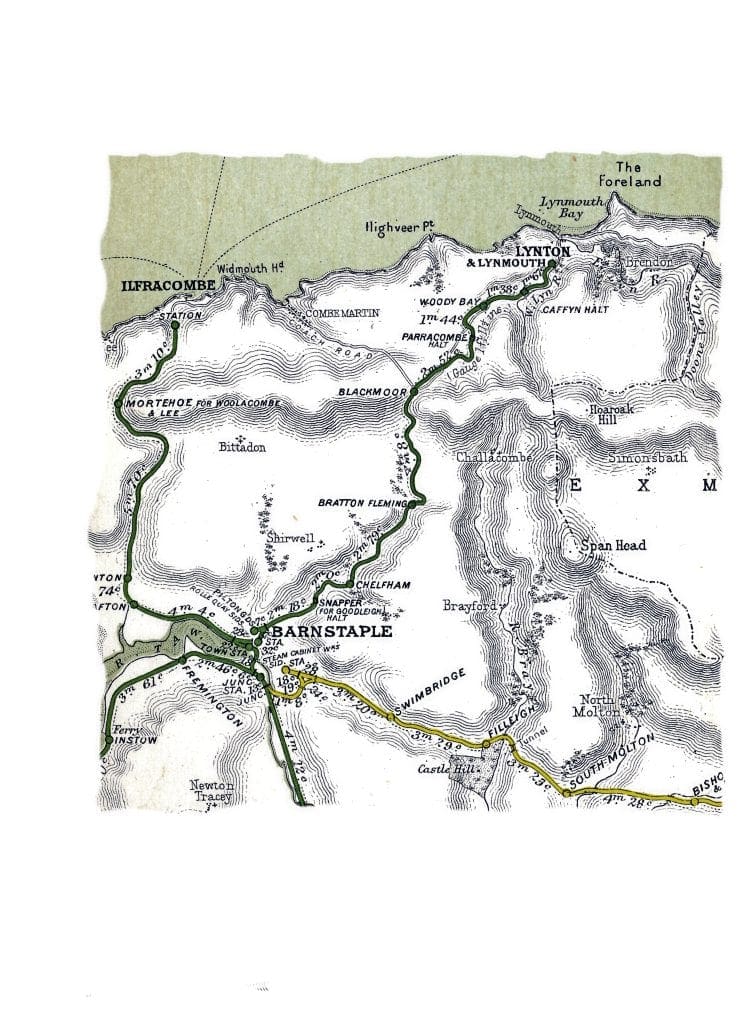
Whether trains will ever return over the full route remains something far into the future, but just prior to Christmas 2015 planning applications covering immediate L&B extension ambitions were submitted to North Devon Council and Exmoor National Park Authority.
With hundreds of pages of documentation covering surveys and assessments, which have cost the L&BR Trust more than £360,000 to prepare over the last three years, the applications have now been ‘validated’ and published on the National Park websites, where they are open to public examination.
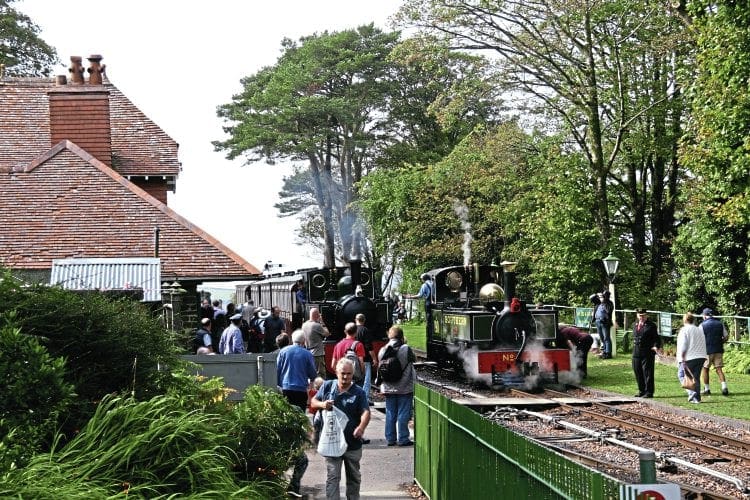
It could be summer 2016 before a decision is made, but surely the prospect of reviving a further significant section of the railway to comprehensively re-create the flavour of the line, which wended its way through the scenic splendour of Exmoor, is approaching.
Battle against the odds
Revival of the L&B has to be one of the most complex railway restoration projects ever undertaken in Britain. The original 19-mile line across Exmoor from Barnstaple to Lynton opened in 1898, closed on September 29, 1935, and by the following year all track had been lifted.
Every item of equipment was disposed of, with the trackbed and related land sold off to numerous buyers – a massive complication not even the Ffestiniog Railway’s incredibly difficult revival of the Welsh Highland Railway had to contend with.
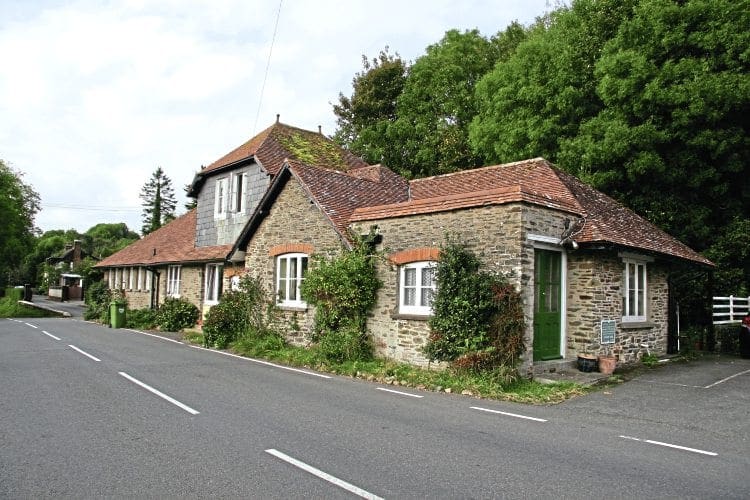
In 1962, a Lynton & Barnstaple Railway Society was formed, even being offered the first mile and a half of trackbed out of Lynton for £1,000. With rebuilding this section estimated at costing £5,000 it was felt unaffordable and the society disbanded in 1964.
Several people interested in reopening a part of the railway looked at the prospects and opted to try (successfully) elsewhere, the problems seemingly too difficult to surmount.
Undaunted, The Lynton & Barnstaple Railway Association was formed in 1979 and kept working towards reviving at least a part of the old line. The association bought Woody Bay station in March 1995 from an individual who had used it as a holiday home, and the organisation adopted an unusual (possibly unique) approach to fundraising by building and operating a quite separate railway.
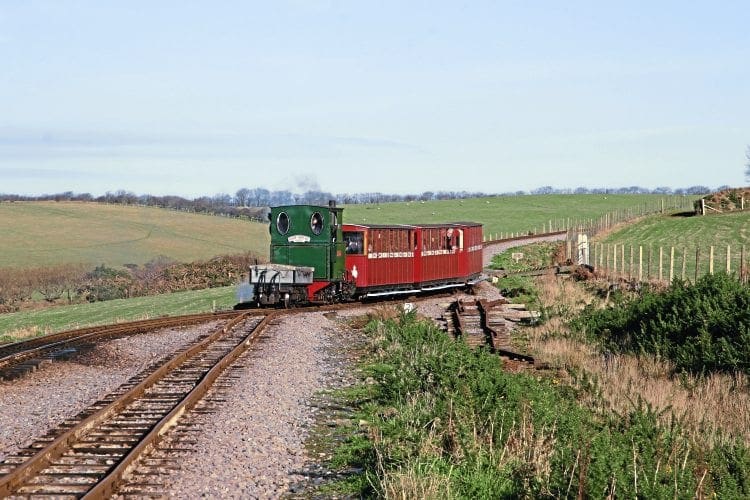
This, the Lynbarn Railway (a pleasure line at the Milky Way theme park near Clovelly) opened in 1995, and while providing income to finance restoration of Woody Bay station gave both credibility and operational experience to L&BR volunteers.
The first section of railway on the old L&B trackbed, from Woody Bay a short distance towards Barnstaple, opened to passengers on July 17, 2004. With the primary objective now progressing, operation of the Lynbarn Railway was surrendered to the Milky Way in 2005 and on May 27, 2006 an extension to Killington Lane was officially opened.
The next goal
L&BRT identified the next achievable step as an extension in the Barnstaple direction from Killington Lane to Blackmoor Gate and onwards to what is now Wistlandpound Reservoir, adding four miles to the line.
This would significantly extend the length of revived railway while offering the opportunity of constructing a terminus at Blackmoor Gate, on the western edge of Exmoor National Park, and operation of a flexible park and ride service.
Work on the copious documentation required to secure planning permission (and a consequent Transport & Works Act Order, covering the extension) was boosted early in 2012 when Exmoor National Park Authority awarded the trust a £36,000 Partnership Fund grant to help finance topographical surveys, ground investigations, ecological surveys, hydrological reports, a services survey, environmental impact assessments, and a constructability report – all essential preparatory work when seeking to extend a heritage railway nowadays.
This still leaves the issue of securing large amounts of finance to actually build a length of new railway!
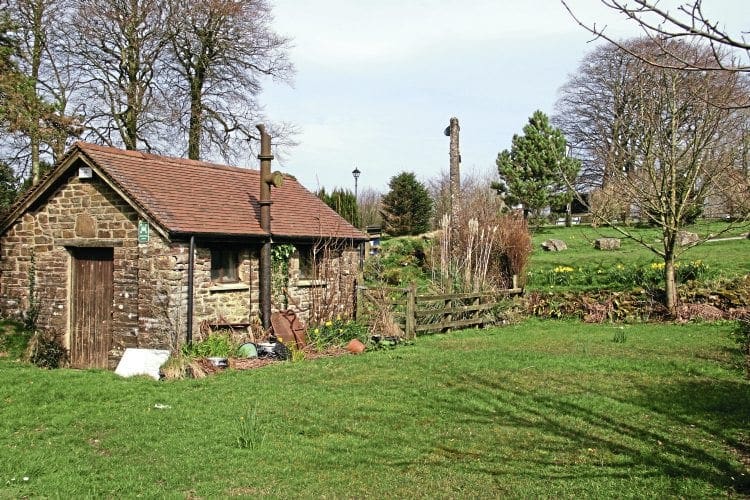
Encouragement in this daunting task came when an initial community consultation, undertaken in 2012, showed 91% of those responding supported, or strongly supported, the proposed extension.
Providing a new gateway
Woody Bay station is beautifully restored, but restricted in size – for gala events off-site car parking has to be arranged with a bus link to transport visitors to the station. The charming station can handle significant visitor numbers, but is not an ideal long-term HQ.
Central to the expansion plans is relocation of all major facilities to Blackmoor Gate. Having parked, passengers would then be able to ride northwards to Woody Bay, with a new halt constructed en route at Parracombe, and in the other direction to Wistlandpound Reservoir, where a halt station will be provided.
In 2014, L&BRT bought Rowley Moor Farm, the cost being offset by selling holiday timeshares in the house. This land, just east of Blackmoor Gate, together with an adjacent site the trust already owned, will provide a location for locomotive and carriage sheds, together with workshops, which will be positioned in a fold in the land, north-east of the A39/A399 junction.
These facilities will be constructed alongside the original route, with the revived railway crossing the A399 road via a new tunnel.
The station, known simply as Blackmoor, was built in 1897 for the L&B’s opening and sold in October 1938 after the railway closed. Post-Second World War a cafe opened in the building with part of the up platform enclosed by a conservatory in the 1950s.
Later, the building was extended across the trackbed.
Initial plans envisaged a new station being constructed next to the new operational facilities, the original station being to the south on the other side of the A399.
However, a new option emerged around summer 2015 when the opportunity arose for L&BRT to acquire the original station building and land. The trust consequently formed L&B Blackmoor Company plc to buy and operate The Old Station House Inn.
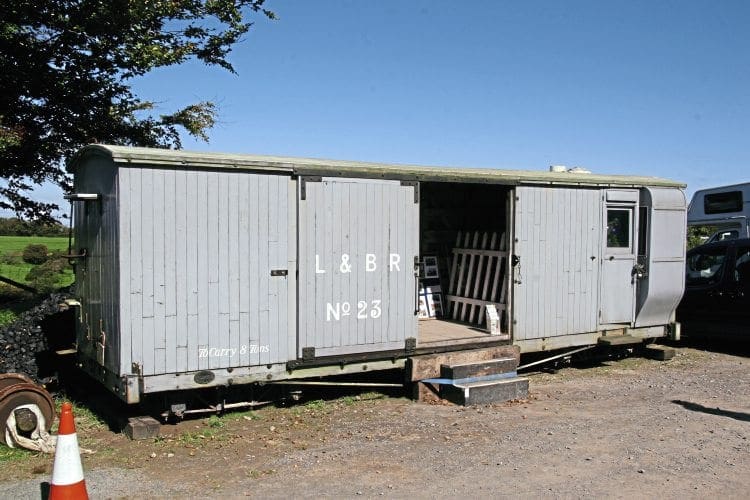
Shares in the new company were offered to the public in late 2015, with the trust holding a controlling share.
Acquisition of the station does not aim to return the railway to its original platform.
Post-closure road improvements make it impractical for the railway to cross the A399 road as it did originally, hence the previously mentioned tunnel.
This will result in the line towards Wistlandpound being rebuilt slightly north of the old station at a level which aligns with the new tunnel under the A39/A399 crossroads, lowering the track level in the station by about 450mm.
This means the pub and restaurant business, retaining the post-closure extensions, can continue to operate, but incorporated into a new station complex.
Blackmoor station will be extended next to the revised alignment, with the plans envisaging construction of an extension to the inn to produce a new common entrance to a railway ticket office, shop and the catering facility.
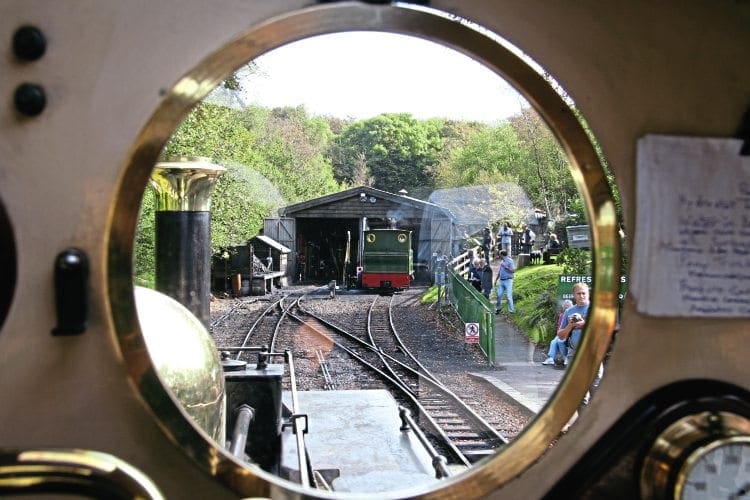
Current residential accommodation at the site will accommodate railway offices, a museum and an exhibition area. The main car park, capable of accommodating 160 cars, will be on the other side of the A399 (next to the livestock market) linked to the station area by a pedestrian underpass.
Blackmoor Gate to Woody Bay
The Blackmoor Gate to Woody Bay section lies wholly within Exmoor National Park, a significant factor in projecting the railway as a park and ride access to this scenically splendid area. The railway owns, or will have access to, about half the trackbed needed to build this extension. Negotiations continue with landowners aimed at securing the remaining sections.
Heading northwards, the original track alignment will be followed, passing through Rowley Cross before dropping into Holwell Wood and on to Parracombe Bank, where major civil engineering is required.
Parracombe Bank, a massive earth structure, was severed in August 1952 amid the catastrophic floods which devastated Lynmouth (downstream to the north, on the coast) when sections of the embankment where it crossed the River Heddon were swept away.
The best means of bridging this gap has received detailed consideration, including landscape, ecology and construction aspects.
The solution established is to rebuild the bank with a generous culvert to span the River Heddon, which allows full access for wildlife and minimises the removal of trees that have grown since the original line’s closure.
The track will then follow the original route through Parracombe, which will receive a halt with a passing loop, enabling trains to cross, while offering the option for passengers to visit the village and explore the locality on foot. The line then continues to Killington Lane.
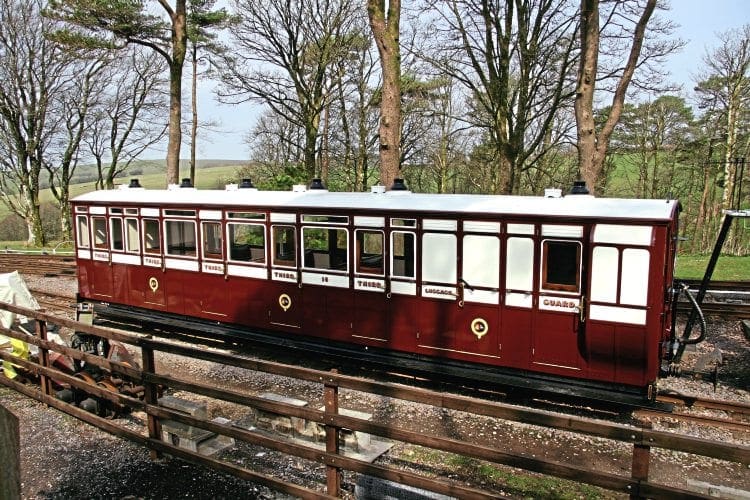
The present terminus with a run-round and platform just north of the lane actually lies very slightly west of the original alignment. To connect the line to the extension will require reconstruction of the adjacent bridge 65 to allow the railway to pass under the road.
On completion of the project the current Killington Lane station will be removed.
Blackmoor Gate to Wistlandpound
The valley south of Wistlandpound was flooded in the 1950s to create a new reservoir. Two sections of the old trackbed were engulfed underwater, that at the southern end of the new reservoir being at the edge of where the dam to create the lake was constructed.
The other section is now under an inlet at the eastern edge of the reservoir, where a long embankment was removed, the length between the two locations being on what has become the shore line.
Reinstatement from Blackmoor Gate will be possible following the original route to a new halt on the north-eastern edge of the reservoir. This section, lying within the North Devon Council administrative area, aims to provide improved visitor access to this beauty spot and surrounding area.
Three-year project
Unsurprisingly, the location of the halt and run-round loop has been designed to allow for a future extension towards Barnstaple. While the reservoir represents a problem for future expansion in this direction, a potential small deviation means it would not be insoluble.
Indeed, the ambition is for construction of the extended line linking Wistlandpound with Woody Bay to act as a catalyst for further investment in completing the remainder of the line into Lynton and Barnstaple.
L&BRT anticipates building the extension from Killington Lane through Blackmoor Gate to Wistlandpound will take three years, while conceding the rate of construction will be partly driven by available funding. The outline plan envisages re-excavation of cuttings and reconstruction of embankments starting as soon as the go-ahead is given.
The first year of the project would also see bridge repairs and setting up of a materials recycling centre in Beacon Down Quarry.
The site for the locomotive shed at Blackmoor Gate would also be excavated to provide a compound for construction activities (building the shed will come later), including the start of constructing the rail tunnel and pedestrian underpass at Blackmoor Gate.
Building these tunnels will be undertaken in two phases, beginning with diversion of the A399 towards the Old Station House Inn (retaining functionality of the junction) to enable construction of the eastern half of the tunnels.
The western halves of the tunnels would be tackled in the second year following appropriate realignment of the A399, with the other big feature throughout year two of the project being reconstruction of Parracombe Bank.
The second year will also see building of new bridges at Killington Lane and Lower Rowley and completion of repairs to other bridges.
Reinstatement of track will be undertaken in the third year, the latter part of which will see construction of the new Blackmoor Gate locomotive shed and sidings and transformation of the Old Station House Inn site to produce the new station and visitor centre.
Also scheduled for year three is building of new halts at Wistlandpound and Parracombe (on the original site), with demolition of a 1980s bungalow at Parracombe Halt and its replacement by two semi-detached houses.
The final acts will be decommissioning of the Beacon Down Materials Recycling Centre, removal of the current (temporary) Killington Lane Halt structures and track – and opening the extended line for passenger trains!
When will construction start?
Assuming the planning applications are approved by mid-2016 the process then starts of seeking funding followed by a Transport & Works Act Order. A funding development panel is exploring a range of potential funding sources and grants, which could also include a share issue.
While preparatory work is being undertaken, the view is that planning permissions need to be secured before a serious fundraising push can be undertaken. In turn, as the railway proves it can raise the finance to undertake the planned works, that will be the time to apply for the Transport Works Act Order. With a fair wind, L&BR chairman Peter Miles believes ‘yellow machines’ could be cutting into the ground on major sections around 2018.
Into the future
The Killington Lane to Wistlandpound extension will be a major undertaking, but L&BRT does not view this as the end of the story. Next would be rebuilding of the line northwards from Woody Bay towards Lynton.
Although the present locomotive shed straddles the trackbed in a cutting at the Lynton end of Woody Bay station this was always intended to be an easily removable structure – when the time for this extension comes new loco facilities will be fully commissioned at Blackmoor Gate.
The first step would be a short extension to Caffyns, utilising slight deviations from the original trackbed, principally to accommodate the realignments made to the A39 road following the railway’s closure. Naturally, there is an aspiration to rebuild back to Lynton itself, but not necessarily to the original station.
The old station is not merely extant, it is possible to stay in part of the building which the current owner (a long-time L&B enthusiast) lets as self-catering holiday accommodation.
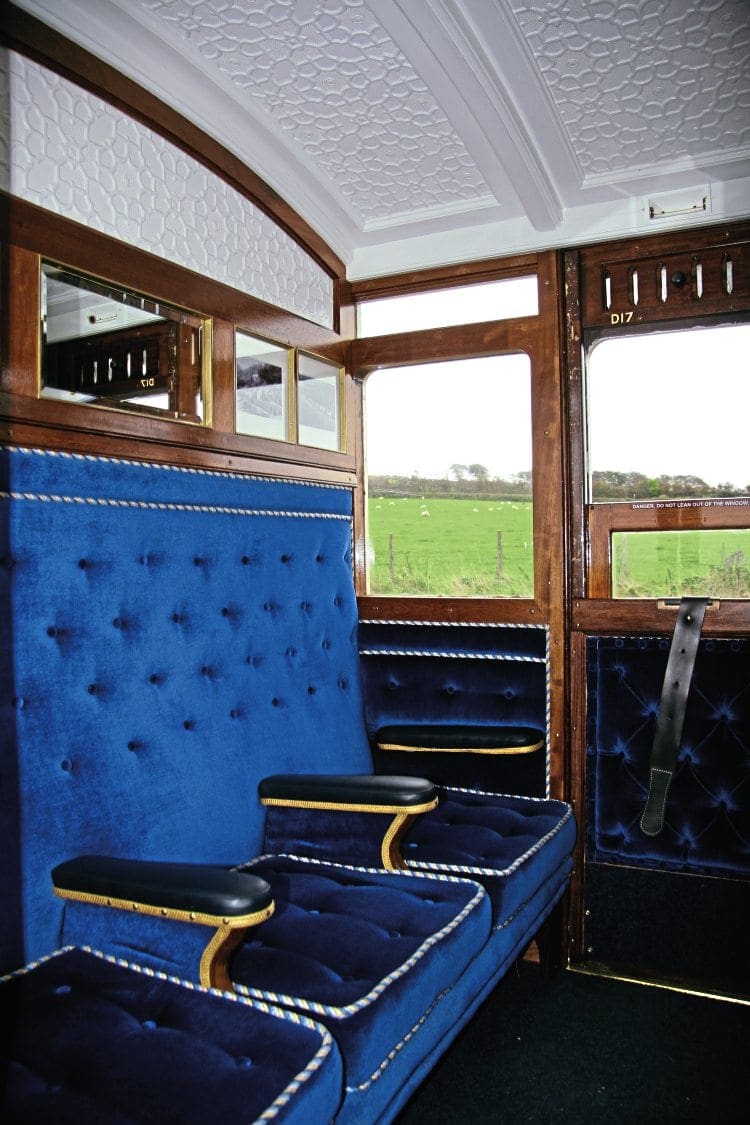
The old station master’s bungalow also remains in domestic use and the goods shed survives, converted into cottages. A house now stands on the site of the old loco shed. None of these modern uses represent as big an issue for a revived line as it may appear.
The original station was never ideally located and any revival would be looking to build a new station closer to the town, reached via a deviation from the original trackbed to run further towards Lynton employing cuttings (possibly a tunnel) as appropriate.
Remaining challenge
The remaining challenge will be to also extend south, on from Wistlandpound to Barnstaple itself. Circumvention of the reservoir has been mentioned, but this aside most of the rest of the old trackbed to the outskirts of Barnstaple is relatively clear.
Much building has taken place in Barnstaple itself next to (but not over) the original route. Beyond Pilton Yard – the intended terminus site – development includes a civic centre on North Walk next to the River Yeo on the approach to the old station, the site of which now accommodates a school. The original railway buildings (loco shed, carriage shed etc) in Pilton Yard were lost to a fire in 1992 and the site became a car park.
Over many years, parts of the fragmented old trackbed have been acquired when the opportunity arose, both by the Lynton & Barnstaple Railway Trust (the association became a charitable trust in 2000) and Exmoor Associates, a private limited company set up by a small group of L&B members to buy land on the former railway route, primarily between Blackmoor and Barnstaple, with the stated objective of making trackbed it secures available for future railway use. These purchases include a section encompassing Snapper Halt, bought in 2010.
Crucially, the spectacular eight-arch Chelfham viaduct not only survives, but refurbishment work in 2000 included provision for the possibility of trains running over it again one day. Chelfham station, in the ownership of L&BR CIC, has been progressively restored to its original form. Bratton Fleming station also survives, as a private residence.
£16.5million injection needed
The railway acknowledges a significant capital injection, essentially £16.5million of grant help, is needed to reconstruct the railway. However, the current (Woody Bay to Killington Lane) operation, representing phase 1 of the L&B’s revival, provides a history of income and expenditure enabling preparation of detailed business plans showing projections for operating phase 2A (Woody Bay to Wistlandpound – per current planning application) together with Phase 2B (Woody Bay to Lynton) and phase 3 (completion of the railway through to Barnstaple).
The current line carries 48,000 passengers a year (2015 figures). Key phase 2A assumptions are operation of eight daily return trips on 250 annual operating days, resulting in traffic rising to 70,000 passengers a year. Current cost categories are increased by multipliers with results showing the extended railway could be operated to provide a surplus even under conservative financial assumptions.
The economy of the locality is primarily based on small-scale business, agriculture and tourism. Expansion of the proven high-profile attraction of the L&BR would increase visitor numbers and spend at local tourist-related businesses (primarily hotels, shops, restaurants) by complementing other visitor activities on and around Exmoor such as walking, cycling and overall enjoyment of the outstanding scenery.
Jobs and apprenticeships boost
The important number to convince local and European funding sources that £16.5m of investment represents value for money is the projected return of an additional £62m to the local economy during construction and initial five years of operation. Following this, it is projected the return to the local economy from future operations would be £9m each year.
The return estimates centre on 88% of L&BR’s revenue being spent in the local area with a nett increase of 78 full-time local jobs being created; 20-24 directly by the railway and apprenticeships and 52 in the local economy. In addition, the longer railway would remove 35,000 car journeys a year from the A39 road, while also improving access to Wistlandpound Reservoir.
The original L&B was initially worked by three Manning, Wardle 2-6-2Ts – Yeo, Exe and Taw – soon supplemented by Baldwin 2-4-2T Lyn. A further 2-6-2T of similar design to the original trio, Lew, was built in 1925 under Southern Railway ownership.
In 1935 all were scrapped other than Lew, which was exported to South America, its eventual fate remaining one of preservations great unknowns. While its scenic setting and motive power explain much of the attraction of the old L&B, the 16 attractive bogie carriages built for the railway by the Bristol Wagon & Carriage Co in 1897, and coach No. 17 built in Barnstaple by Shapland & Petter in 1911, add further lustre to its memory.
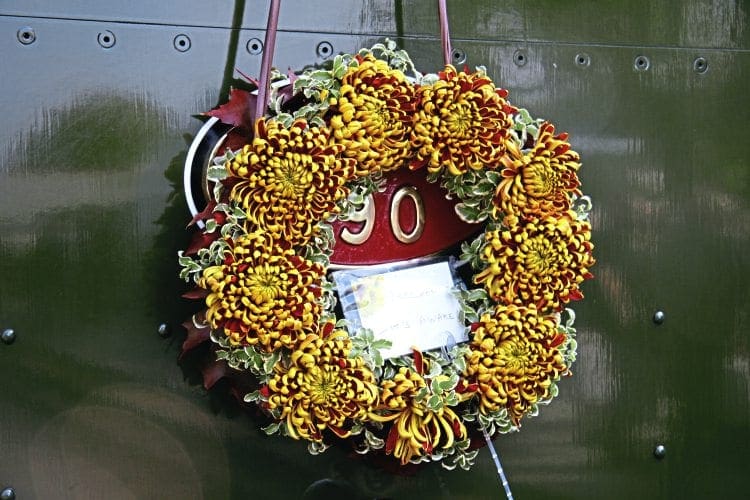
The current front-line steam fleet at Woody Bay comprises Bagnall 0-4-2T (3023/1953) Isaac and Bagnall 4-4-0T Charles Wytock (2819/1946) (both owned by L&BR members), supported by the line’s own 0-6-0T Axe.
The latter started life as a Kerr, Stuart ‘Joffre’ 0-6-0T (2451/1915), but by the time it entered service in 2009, following major reconstruction at Gartell Light Railway, it was effectively a new-build, employing the original wheels, cylinders, dome, controls, much of the motion, and parts of the frames (the remains of the original careworn frames were still stored at GLR several years later), with the new cab platework redesigned to an L&B-like profile.
The intention is to progressively equip the extended L&BR with new-build replicas of the original locomotives. The project to construct a replica Baldwin 2-4-2T Lyn (later Southern Railway No. 762), launched in 2009, was entering its final stages by the end of 2015, with 95% of the required components produced and the frames assembled. Lyn could well steam at Woody Bay by the end of 2016.
Project Yeo, to produce a Manning, Wardle replica, was launched in June 1996 and got as far as production of frame plates.
Progress then went on hold, principally to learn from the separate construction and operation of Ffestiniog Railway’s new-build L&BR-style Manning, Wardle 2-6-2T Lyd.
The sight of this iconic locomotive type running on part of the L&BR has been achieved, Lyd visiting Woody Bay in 2010, 2013 and again in 2014.
The original railway was a comparative rarity among UK narrow gauge lines in being built primarily to provide a passenger service, as opposed to serving industry with carriage of passengers constituting something of an afterthought. L&BR also aims to provide passenger coaches reflecting the style of the original vehicles.
Two original L&B carriages survived complete into preservation. Composite brake No. 2 is at the NRM, conserved in totally as-found condition.
After several years ‘parked’ post-closure at Snapper Halt, composite brake No. 15 was acquired and rebuilt by Ffestiniog Railway, becoming FR No. 14. This carriage visited the revived L&BR in 2010 with Lyd.
Four superb re-creations of original vehicles, all in original L&BR company red/brown & cream livery, have already been built: centre observation No. 7, brake composite No. 17, brake third No. 16 and seven-compartment all-third No. 11.
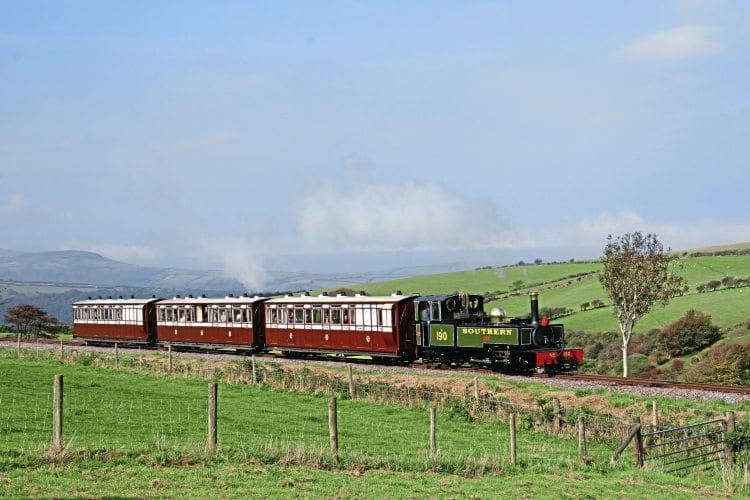
Their construction was aided by grants from North Devon and Torridge Leader 4
and the Coastal Communities Fund. Reconstruction of a fifth carriage – third and first compartment No. 5 – is progressing in L&B workshops at Great Yeldham, Essex.
These coaches incorporate numerous recovered components and sections of original coaches. When the coaches were scrapped, the bodies were removed from the underframes and cut into sections around 12ft long and used for such things as gazebos, garages and farm stores. This explains the survival of a substantial section of original material, about a third of the structure used in coach No. 17.
Other surviving elements were further reduced over the years, which have been recovered and reused, producing many doors (duly repaired), some 50% of the door vents, perhaps 30% of the droplights, and some original seats.
The rebuilt coaches run on new steel underframes based on the Ffestiniog’s ‘Barn’ coaches, themselves based on L&B No. 15. The bogies, a simplified and updated version of the L&B originals, are referred to as ‘L&B Mk3 bogies’ by the Ffestiniog Railway, while L&BR has employed Jones Calthrop couplings made to Southern Railway drawings, adding further historic resonance.
The idea has already been floated of also building a rake of carriages to be completed in SR green as in the later days of the line under Southern ownership.
Bringing the first three of these ‘full-size’ coaches into service enabled the mid-2014 sale of the four ex-Thorpe Park ‘minimum gauge’-type carriages, which had served the L&BR since the revival of passenger operations at Woody Bay in 2004 – a big step forward in the development of the revived line. ■
* The day after the old L&B closed Captain Thomas Woolf of The White House, at Woody Bay, famously sent a wreath “to Barnstaple & Lynton Railway with regret & sorrow from a constant user and admirer”. On the reverse of the card was written , “Perchance it is not dead, but sleepeth”.
The card survives and these words have inspired efforts to make the sentiment a reality, a representation of the wreath regularly appearing on locomotives operating over the revived route at special events.
The Railway Magazine Archive
Access to The Railway Magazine digital archive online, on your computer, tablet, and smartphone. The archive is now complete – with 120 years of back issues available, that’s 140,000 pages of your favourite rail news magazine.
The archive is available to subscribers of The Railway Magazine, and can be purchased as an add-on for just £24 per year. Existing subscribers should click the Add Archive button above, or call 01507 529529 – you will need your subscription details to hand. Follow @railwayarchive on Twitter.




